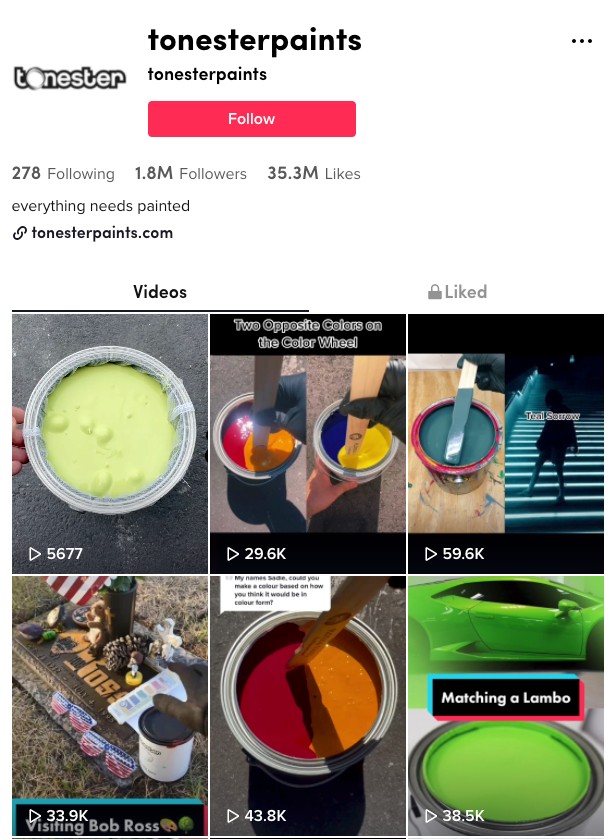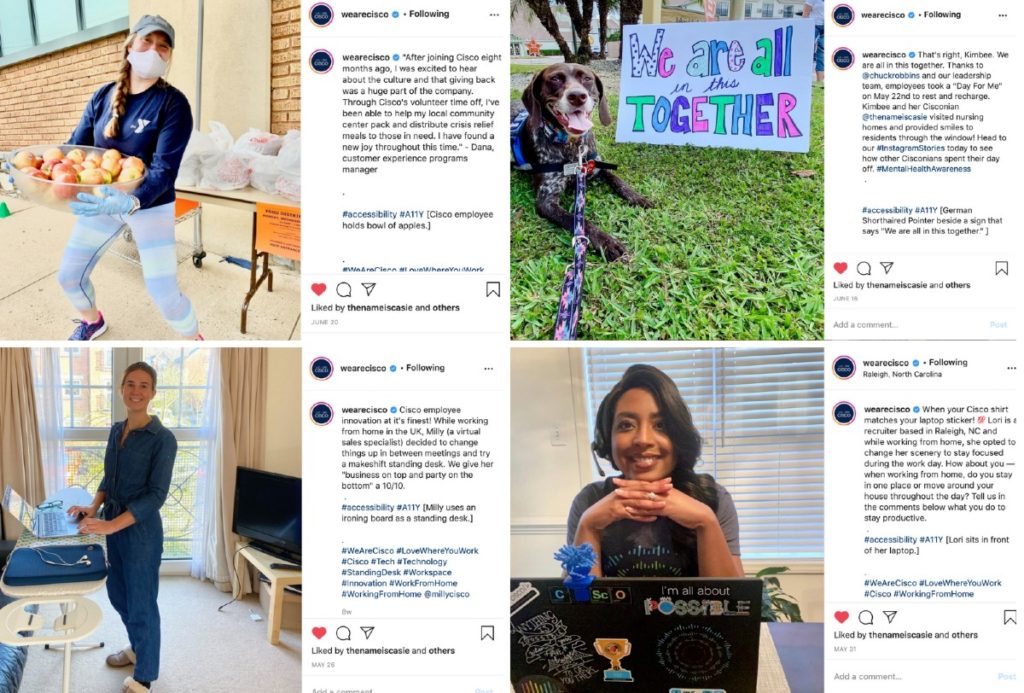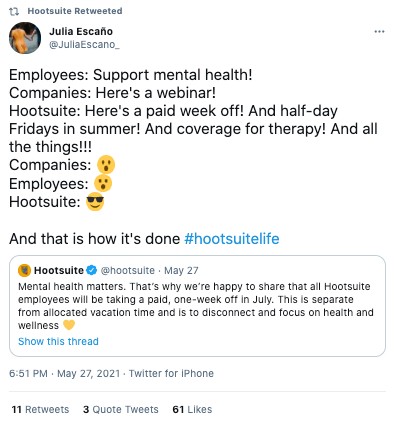This content originally appeared on June 3, 2021 as part of the Future of Marketing weekly email series. Subscribe here.
Welcome to Future of Marketing.
Each week, we send you the most relevant trends, resources, and strategies in social and user-generated content (UGC) from leading marketers and brands around the globe.
Today, we’re discussing…
- Internal influencers and brand-building
- Activating an employee advocacy program
- #BrandCrush: Hootsuite 💘
Internal influencers and brand-building
Did you know brand messages shared by employees are reshared 24 times more than when shared directly by a brand’s social account?
Employee-generated content (EGC) and employee-powered marketing may be a new concept for many brands and marketing professionals – but as the future of work slowly unravels, a focus on EGC becomes increasingly important to remain competitive.
Additionally, thirty-three percent (33%) of employees are already posting messages, pictures, or videos about their employer without any encouragement from their company. This can include an image of their workspace, an interesting article, a job promotion, behind-the-scenes content, or even their thoughts on the future of work.
Yet, despite these figures, some companies are slow to implement – or fail to recognize – these opportunities.
Remember Tony Piloseno, the TikTok user fired from Sherwin-Williams for creating content outside his job scope? His massively popular account could’ve been an asset for the company. Instead, it was a missed opportunity for them, and he launched his own paint line with a Florida-based paint company.
Piloseno’s paint line, @tonesterpaints, now has over 129,000 followers on Instagram and 1.8 million followers on TikTok – after just 18 months of launching on TikTok.

Moral of the story? The best brands start from within – and this influences people’s perception of your brand. The way we see it, rethinking work standards is way overdue – and using employee influence as an asset will be at the heart of the future of work.
Activating an employee advocacy program
Before you begin planning your employee advocacy program, start with “why.”
For example, there are three main types of employee advocacy goals to consider:
- Human Resources and Recruitment
- Marketing and Communications
- Sales Acceleration
Once you identify the purpose for your program, encourage your team to share candid photos, interesting articles, and other content that would look organic on social media (and not like you’re forcing employees to share content). Cisco, Morning Brew, and Chipotle are a few brands that continuously do this well.
However, if you’re concerned about the potential ramifications of EGC, then you may need a deeper understanding of it – or could have a cultural, service, or product issue that needs to be addressed – before activating your employee advocacy program.
Just remember… EGC doesn’t sacrifice brand reputation – it builds it. Engaged employees share content because they want to highlight a great experience or ideas, they want to share their feelings of pride to be a part of something amazing. This, in turn, drives improved culture and brand growth.
TIP: Make incentives meaningful, listen to your team, make them feel like they have a voice, and then share those voices.
What we’re learning
- Using User-Generated Content for Social Listening
- How To Position Employees as Internal Influencers
- Instagram and Facebook will have the option to hide their public “like” counts
- Twitter Spaces is now available on desktop – does this change short-form audio?
- Hybrid events expected to double in 2021
#BrandCrush: Hootsuite 💘
Each week in #BrandCrush, we highlight exceptional brands that are channeling their customers’ voice to connect more authentically with their audience.
Want to build employee advocacy? Take notes from Hootsuite.
After more than a year of working hard in isolation (and counting), Hootsuite is rewarding all of their employees with a paid week off in July 2021 to disconnect from work and focus on mental health – a hot topic for many brands and people around the world.
Upon sharing the news on social media, several employees began sharing content describing their love for the company (like this) – sparking a flood of EGC Hootsuite can reshare across their marketing channels to build trust with potential employees, customers, and fans.
But they don’t have to re-share this content… the goodwill spread by their employees and everyone who sees the posts is huge.
Building employee engagement doesn’t have to be complicated. Sometimes, it just takes listening to your team’s needs (like a break from their screens) – and acting accordingly. 💘
Not subscribed to Future of Marketing? Subscribe here.


